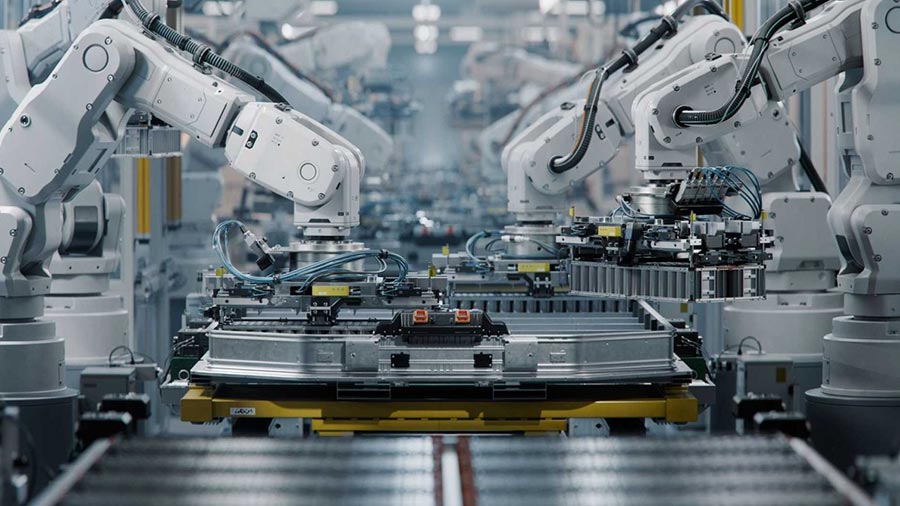Brand China struggles under the weight of product recalls
China is struggling to protect its brand; the country has been hit repeatedly over the last several months with product recalls that would make Ford blush. First it was the diethylene glycol as glycerin problems in Panama that can only be described as tragic – Beijing’s assertion that the blame fell to the Panamanians, a sad indication that they hoped the problem would just go away. What followed was a cavalcade of tainted products; toothpaste, fish, tires, toys, the list keeps growing. The New York Times said on Tuesday that baby bibs made in China and sold at the U.S. toy outlet Toys”R”Us have been found to be contaminated with lead paint. The hits keep coming.
China has been caught up in a vicious news cycle, and it looks like it will continue for some time as Beijing appears incapable of shifting the story. A lack of qualified spinmeisters in the Chinese government doesn’t help either. The most common reaction has been to first deny the problem, when that tactic become untenable, blame the foreign media for blowing this out of proportion. It is only after several weeks of continued pressure from external (Western media, governments, NGOs) and internal (consumers, bloggers, an increasingly outspoken media) that Beijing has been forced to announce remedies, solutions, or when all else fails, a pre-selected scapegoat to take the fall for the system.
But by the time the announcements are being made that Zheng Xiaoyu was sentenced to death or a new regulatory body would be established to monitor overseas food shipments, the damage had been done. It all sounds a bit too familiar. Critics argue that Beijing’s handling of SARS allowed the virus to spread worldwide. And it’s China’s lack of transparency that is raising global concern over bird flu and what appears to be a particularly virulent strain of blue-ear pig disease.
Beijing has recognized that no longer can it simply report what it wants, and expect the media to toe the line. Imagethief commented last month on China’s commitment to change, saying that he was grateful to see that CCP was finally taking PR seriously.
Imagethief firmly believes a more contemporary approach to public relations and media management will benefit the party, which remains rather mired in the “shut up and do what I tell you” tradition of media management. As a PR man I can appreciate the attractiveness and elegance of this model, but I must also concede that it is less effective than it may once have been. I’m pretty sure if I tried “shut up and do what I tell you” on the Wall Street Journal I’d get a steno pad crammed up my nose.
The efforts to save the brand are showing some positive results. New regulations are being put in place, enforcement, long a difficult proposition in places where they still say “Heaven is high and the emperor is far away,” has been stepped up, and China is finally learning that avoiding news deemed to be a problem doesn’t always result in that problem going away. The Made in China brand will bounce back, too much of the world is using it for there to be a significant backlash, but toy sales in the United States and Europe in the coming holiday season will no doubt be lower for products made in the Middle Kingdom.
- Previous Article Event: Lost in Translation – Why China’s rise is good for the world
- Next Article Foreign interns experience working in Guangzhou




























